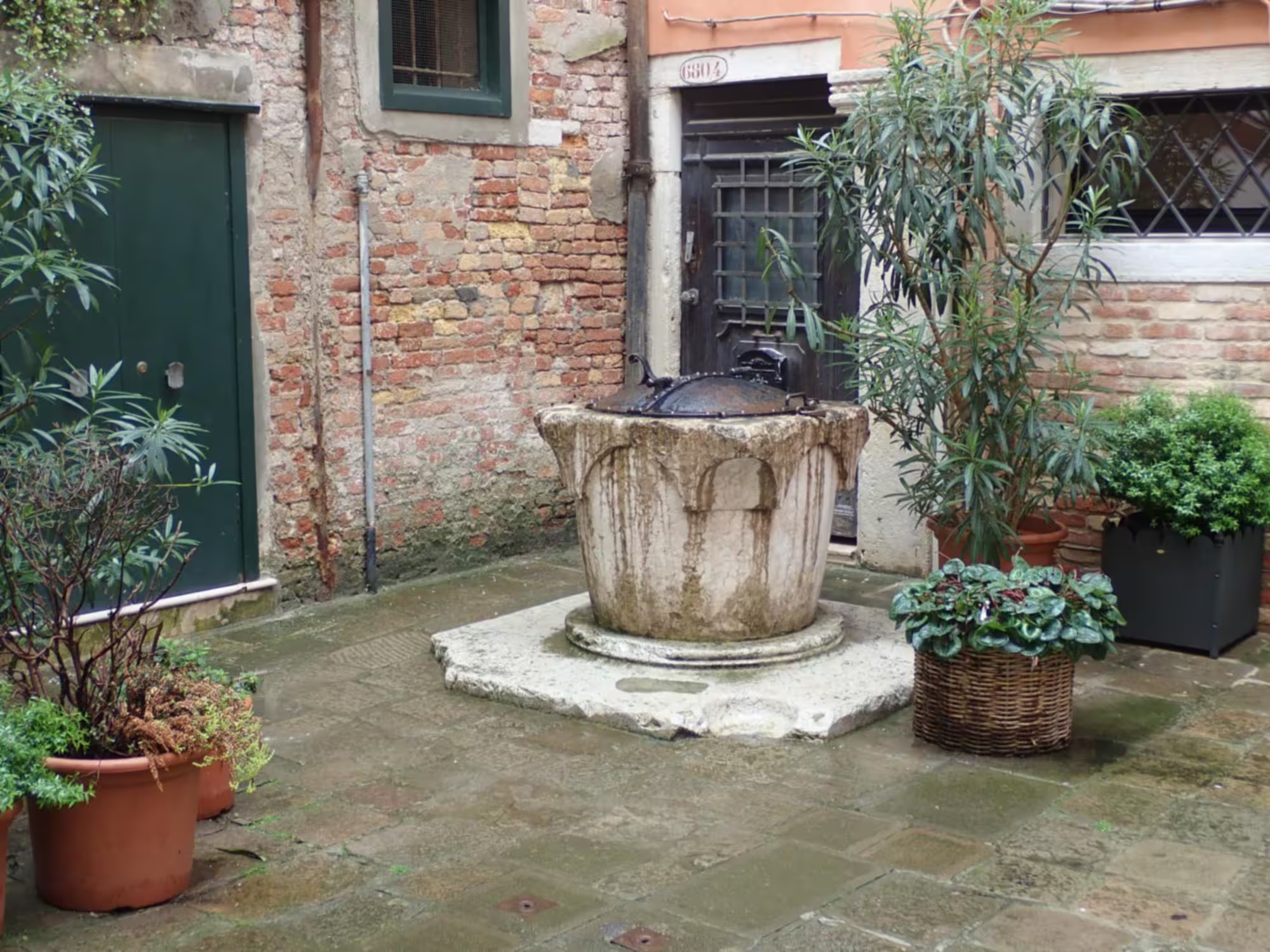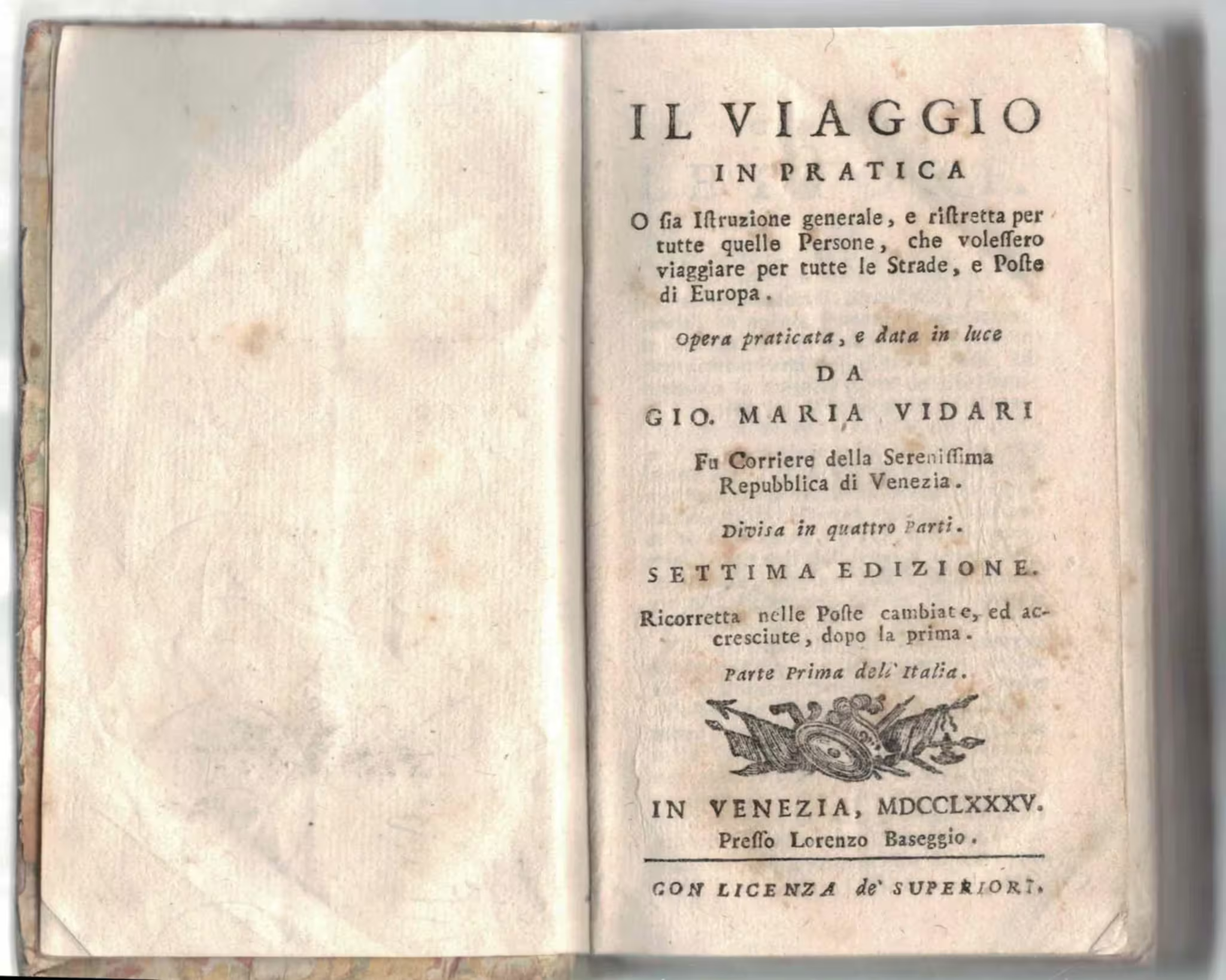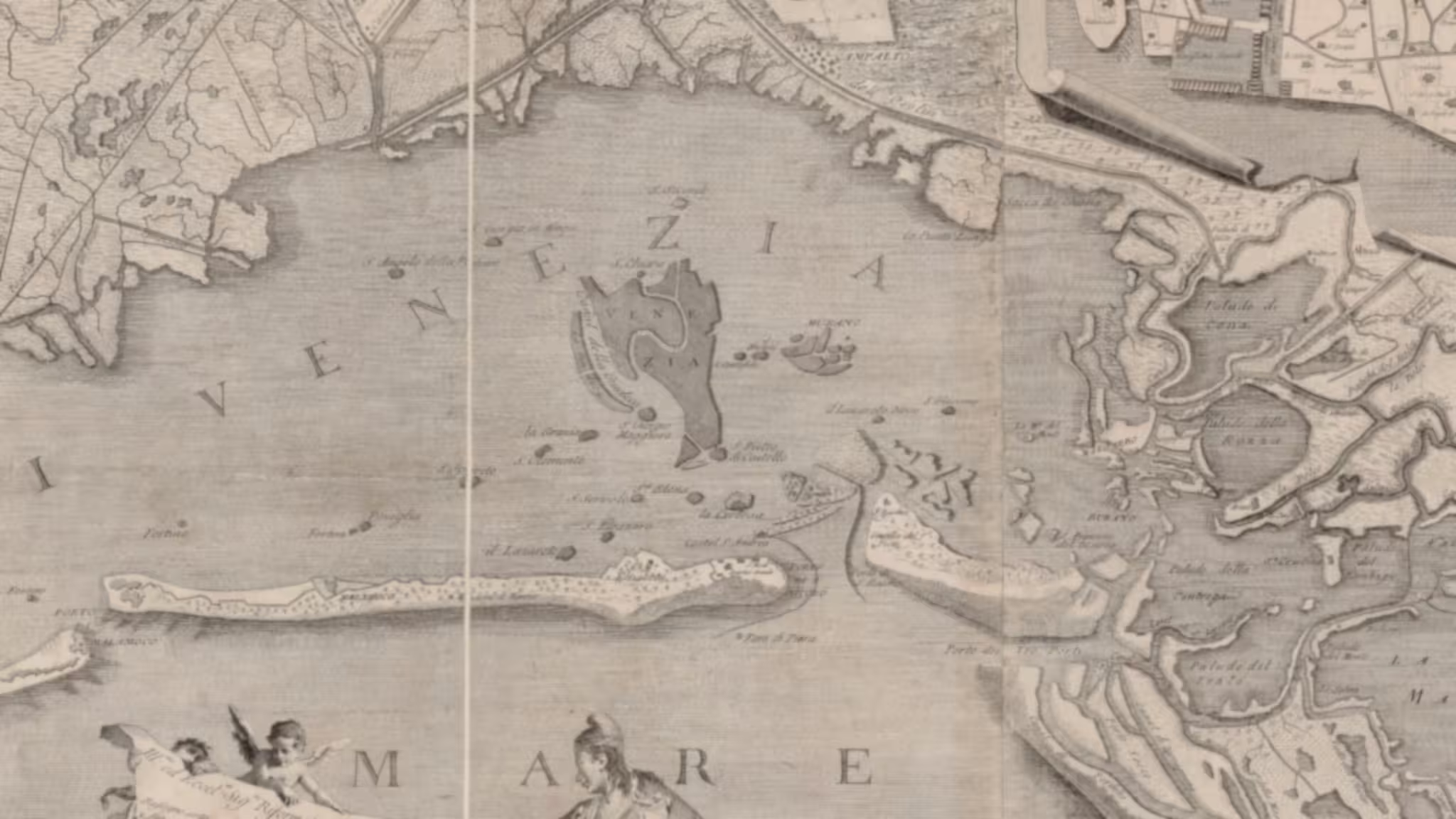Venice was a kind of republic for over a thousand years.
It wasn’t necessarily a republic by any modern definition, but then, it wasn’t a modern state. Venice appeared in the 8th or 9th century, long before most modern ideas of statecraft.
The Republic of Venice has a well-defined end date in 1797, but the beginning is a lot more fuzzy.
The Venetian state didn’t start with a constituent assembly, or just some kind of formal decision. Nobody signed or sealed any legal document. There was no particular event we can single out, and no specific date.
While the Venetian Republic obviously had a constitution, there wasn’t any single document. The constitution of the Serenissima remained unwritten until the end.
The Venetians created and augmented their state a bit at a time. State positions and institutions appeared and sometimes disappeared, as the need arose.
The Doge came before the republic
The head of the Republic of Venice was the Doge, elected for life. However, the first doges we know of were not elected but appointed.
In late antiquity each Roman province had a governor appointed by the emperor. He in turn appointed a commander of the troops stationed in the province.
The military commander had a title: Dux, which simply means ‘leader’. That title is the origin of the French ‘Duc’, English ‘Duke’ and Venetian ‘Doge’.
The Roman Empire was, like the later Venetian Republic, often rather fluid. At times the Dux was appointed directly by the emperor, at other times he could be chosen locally.
In peaceful times and areas, such as the north-east of Italy under much of the Empire, local government was simply left in the hands of the locals. Wealthy landowners would meet in the Forum and decide between them who would be in charge of what to get the Res Publica to function.
The start of the Venetian Republic
Following the fragmentation of the Roman Empire of the West, many Venetians moved from the mainland into new settlements in the lagoon.
A series of invasions meant that life on the mainland was less safe. The Huns, the Ostrogoths, the Longobards, the Byzantines and the Franks came through at different times, and sometimes more than once. Slowly, over a couple of centuries, a substantial part of the population shifted into the safer lagoon areas.
The first doges we know of resided in Eraclea, which then, almost a millennium and half ago, was a town on a lagoon island. When that lagoon area silted up, the residence of the doge moved to Malamocco.
Byzantium claimed overlordship over Venice for a long time, and they appointed some of the earliest doges. However, Venice was at the periphery of the Byzantine Empire, and at times the Venetians could simply disregard Byzantium and chose the doge themselves
Venice got richer, more powerful and more assertive, insisting on electing their own leader.
Venice became a state, no longer a province.
A tradition, not a choice
So the Venetians constructed a republic. Not because they assembled and debated what kind of state they wanted, solemnly writing down their decision, but by simply continuing to do what they had always done.
Local government in the Roman province just continued as usual, even as the population shifted from the mainland to the lagoon, as the economy changed from agriculture to commerce.
When Byzantine control of Venice waned, and the Venetians acquired their de-facto independence, the Roman tradition of local governance was still strong.
The wealthy landowning elite of the Roman provincial towns had met in the Forum and decided who would lead the local garrison, who would be in charge of granaries, water supply, road maintenance, fortifications and so on.
Later, in Eraclea, in Malamocco and then in Venice proper, the wealthy merchant elite would meet and decide who would lead the navy, who would be in charge of granaries, water supply, canals and bridges, navy shipyards and so on.
The Venetian Republic was a continuation, not a novelty of government.
Related articles
- The Doge
- Doges of Venice
- The Consiglio Maggiore
- State institutions of the Republic of Venice
- Chronology of major Venetian state institutions
- The Venetian constitution
- John Adams on the Venetian constitution
The illustration
The drawing at the top of this page is by Giorgio Del Pedros. It comes from the book “Venice – the basics” by Giorgio Gianighian and Paola Pavanini, published by Gambier & Keller Editori Srl.
It is a brilliant little book about how Venice came about, with lots of great illustrations of could have been in the earliest times.





Leave a Reply